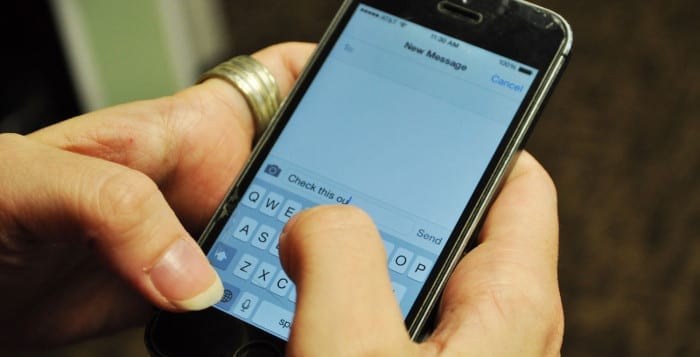On Jan. 19, the popular social media platform, TikTok, displayed an error screen, halting many of the app’s 150 million American users’ mid-scroll. “Sorry, TikTok isn’t available right now,” the screen read. “A law banning TikTok has been enacted in the U.S.”
TikTok is owned by the Chinese internet company ByteDance and gained prominence on an international scale in 2017. Its Chinese ownership caused former President Joe Biden to sign a law dictating that if TIkTok weren’t sold to an American company, then it would be banned from American devices, leading to the error message.
This isn’t the first time TikTok was under threat of a ban, but it is the first time it has gotten this far. TikTok users across the country closed their apps for what they thought was the last time, reflecting on how the app fits into their lives, and how it will change their future habits.
TikTok was out of commission for 12 hours, giving many Americans a chance to contemplate its absence. Were we glad that the icon was no longer on our phone screens, tempting us to click on it? Or, did we regret that we didn’t have the breadth of advice, entertainment and information it avails?
The app offers endless opportunities, giving platforms to anyone who creates an account. Many small-business owners, artists, song-writers, comedians, food-bloggers, musicians and book-reviewers gained a foothold in their industry by joining the expanding ranks of “Tiktok influencers.” Numerous current professionals, especially creatives, used the short-form videos to their advantage. Lil Nas X, the recipient of two Grammy Awards, is one of the most notable artists who gained popularity by advertising his song on the app.
However, the very draw of the app–representation of a wide range of communities, allowing anyone to have a platform–can be contorted to manipulate the user’s perspective on reality. Besides the constant risk of spreading inaccurate information, the sheer amount of content can be anxiety-inducing. Literally swiping away anything distressing can condense a person’s world, the specialized “For You Page,” an echo-chamber. The casual, friendly videos can become a crutch, with scrolling from video to video becoming less of a conscious action and more of a comforting, self-soothing habit.
During those hours without TikTok as an active factor shaping our view, we were given the distance needed to evaluate its place retrospectively in our lives. Did we use it when we were bored? Stressed? Angry? Why and when will we miss it? Taking healthy breaks provides the unaffected clarity to make these determinations.
TikTok is back for now–President Trump issued a 90-day extension for ByteDance to sell–but let’s use the temporary ban as an opportunity to examine our social media usage.









